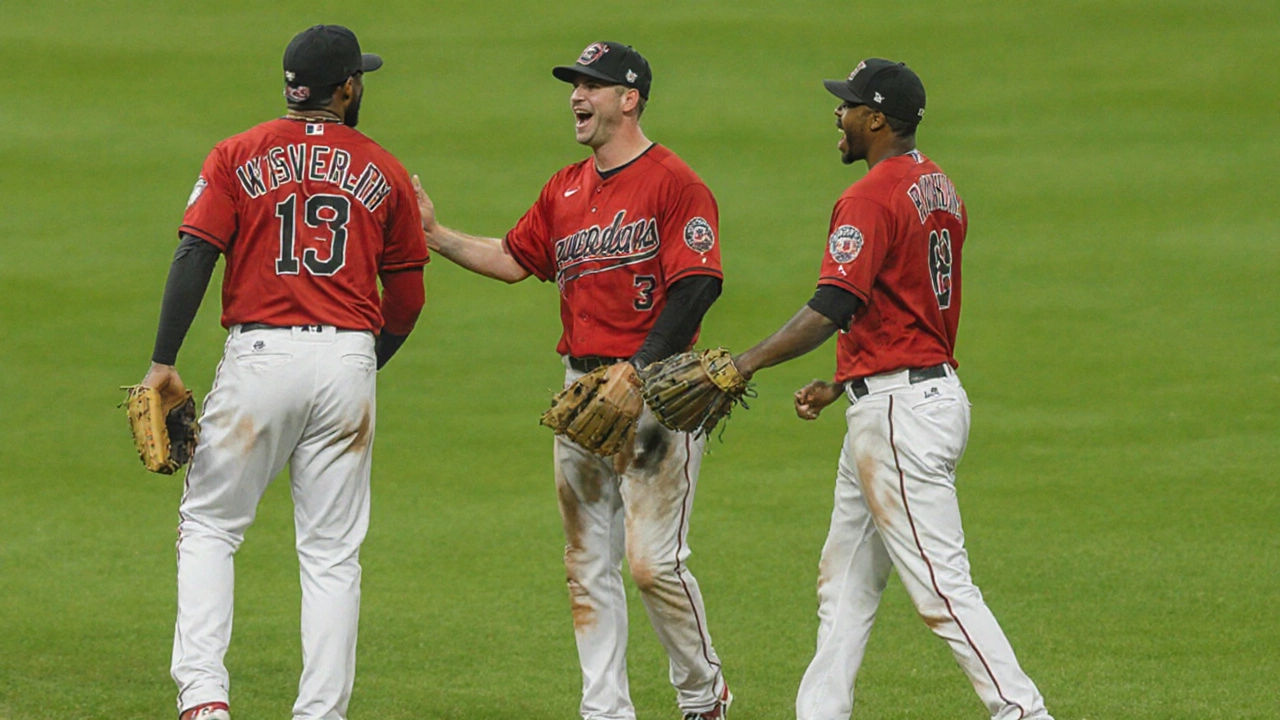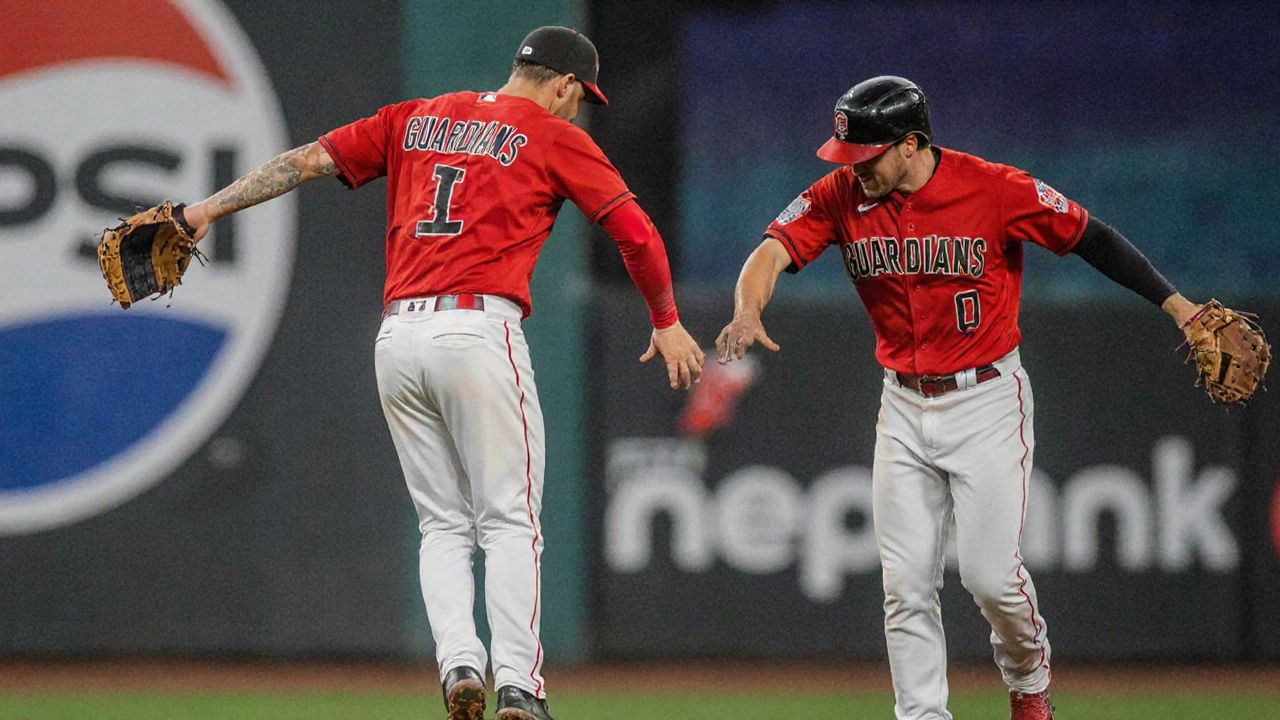The Odds Were Against Them
On July 8, 2025, the Cleveland Guardians were perched at the very bottom of the American League Central. A 15½‑game deficit to the Detroit Tigers, a sub‑0.1% chance of clinching the division, and a roster that looked more like a rebuilding squad than a contender—most experts thought the season was already written.
FanGraphs, the analytics powerhouse, assigned Cleveland a microscopic 0.1% probability of winning the AL Central on that date. Meanwhile, Detroit was cruising with a 59‑34 record, the best in the majors, and a roster brimming with power hitters and a staff of seasoned starters. The disparity in WAR was stark: Jose Ramirez sat at 5.6 WAR, Steven Kwan at 3.4 WAR, but the rest of Cleveland’s position players struggled to top 1.8 WAR each.
The picture grew even darker in late August. After a brief gasp‑inducing surge that narrowed the gap to 6½ games, the Guardians endured a nightmare stretch: nine losses in ten games, three straight shutouts, and a tumble back to a 12½‑game deficit by August 25. Their division odds were reported as an effective 0.0%, and overall playoff chances hovered at a meager 3.0%.
Detroit’s fortunes seemed unshakable during this period. The Tigers rode a wave of dominant pitching, timely hitting, and a clubhouse buzzing with confidence. Their manager, A.J. Hinch, was praised for orchestrating a "historic" campaign that promised a first division title in years. Yet, the inevitable swing in baseball’s pendulum was about to rewrite that narrative.

How the Guardians Turned the Tide
What happened next reads like a script for a sports movie. Cleveland launched a 10‑game winning streak that reignited their fanbase and sent shockwaves through the league. Over the final six weeks of the season, the Guardians posted a staggering 20‑6 record, erasing the 12½‑game hole and seizing control of the AL Central.
Key to the resurgence was a blend of gritty small‑ball tactics, opportunistic baserunning, and a bullpen that finally found its rhythm. The previously under‑utilized left‑hander, Andrew Kozlowski, became a surprise hero, logging three saves in the stretch while maintaining a sub‑2.00 ERA. Meanwhile, rookie outfielder Malik Browne injected energy with a .332 slash line and clutch hits in the late innings.
- Cleveland Guardians comeback hinged on three core factors: depth pitching, timely hitting, and psychological resilience.
- Pitching depth: the back‑end rotation (Mick Kelley, Luis Lara) combined for a 1.85 ERA over August 30‑Sept 30.
- Timely hitting: Ramirez and Kwan each delivered over .300 in the final month, with Ramirez driving in 23 RBIs in September alone.
- Resilience: the team never fell below .500 after the August 25 slump, finishing the season 97‑65.
Even more intriguing was the impact of a controversial trade deadline move. The Guardians shipped ace Shane Bieber to Toronto, a decision that raised eyebrows given his Cy Young pedigree and injury‑laden 2025. Yet, the trade freed up a roster spot for a versatile utility infielder, Jace Miller, whose defensive flexibility allowed manager Stephen Glover to maximize match‑ups and keep the rotation healthy.
On the other side of the story, Detroit’s collapse has been equally dramatic. The Tigers went 7‑16 over the same stretch, dropping five straight series and losing six games in a row at one point. Hinch described the decline as "an absolute gut punch right to the face," pointing to a sudden dip in run production and an overreliance on a now‑injured bullpen ace, Nate Gilbert.
Statistically, the Tigers’ offensive output fell from a league‑leading .272 team OPS in July to a meager .229 in September. Their starters also saw a rise in walks per nine innings, indicating a loss of command that hadn’t been present earlier in the year.
The head‑to‑head record has become the decisive tiebreaker. Cleveland leads the season series 8‑5, and with only three games left, the Guardians hold the edge should both clubs finish with identical win–loss tallies. This advantage is not just a numbers game; it reflects a psychological edge gained from beating Detroit in critical moments all year long.
Looking ahead, the final weekend sets the stage for a high‑stakes showdown. Detroit will finish at Fenway Park against the Boston Red Sox, a venue known for its hostile atmosphere. Cleveland, meanwhile, hosts the Texas Rangers, a team fighting for its own wild‑card spot. Every pitch, every run, and every defensive play will be magnified under the bright lights of September’s playoff push.
Beyond the immediate drama, the Guardians’ surge challenges conventional wisdom about roster construction. Their success came without a board‑room‑approved splash of free‑agent contracts. Instead, they relied on internal development, smart trades, and a culture of accountability. For a small‑market franchise often measured against the spending power of teams like the Yankees and Dodgers, Cleveland’s story could become a case study for sustainable competitiveness.
As the dust settles on the regular season, the narrative will likely focus on two competing storylines: whether Cleveland can cap off its miraculous run with a division title, and whether Detroit can muster a late‑season rally to salvage a wild‑card berth. Either way, baseball fans across the nation will be glued to the final games, aware that they are witnessing a chapter that could rank among the greatest comebacks in MLB history.

